|
Roughly a decade ago, when I lived in Montréal, I booked a stay in a small cabin on Île aux lièvres (Hare Island), part of a cluster of islands that lie about seven kilometres offshore, in the St. Lawrence River. We planned to hike through its birch forests and grassy meadows, and along its coastal trails. It was an ambitious trip: I had a six-week-old infant with me. Stuffed alongside hiking boots and walking sticks were diapers, burp-cloths and a fold-up bassinet.
I’m happy to say that it was a successful first adventure into the outdoors with her. It was also a gastronomic experience fuelled by local dry sausage, French bread and crab we’d picked up at the villages on the way in. The region is known not only for its natural beauty, but also for its food and culture.
This week marked the launch of “St. Lawrence River: In depth,” a summer series all about the river, its coastlines and the people who live there. The series is spearheaded by the team at La Conversation Canada and inspired by an article on Australia’s most interesting beaches. Why not dive into the depths of the St. Lawrence River over the summer?
The St. Lawrence flows 1,200 kilometres from Lake Ontario to the Atlantic Ocean, emptying nearly a quarter of the world’s freshwater into the ocean. Mélissa Khadra, science, health and environment editor, recruited numerous experts from universities in Québec to write about the biology, oceanography and ecology, while Martine Turenne, the editor-in-chief, focused on the river’s history, the development of its riverbanks, its economic impacts and, of course, its gastronomic delights.
This week’s article takes a look at how the estuary of the St. Lawrence River is losing oxygen from its deepest waters. Deoxygenation is one of the little-known impacts of climate change, and it can change the distribution of fish and other marine species, and threaten their survival. The remaining articles, including one about Île aux lièvres, will appear every Wednesday in both English and French throughout the summer.
For your reading pleasure this weekend, dive into the first story in the series “St. Lawrence River: In Depth.” I’ve also assembled a collection of this week’s most popular stories from across The Conversation global network.
Have a great weekend, and we’ll be back in your inbox on Monday.
|
St. Lawrence River: In Depth
|
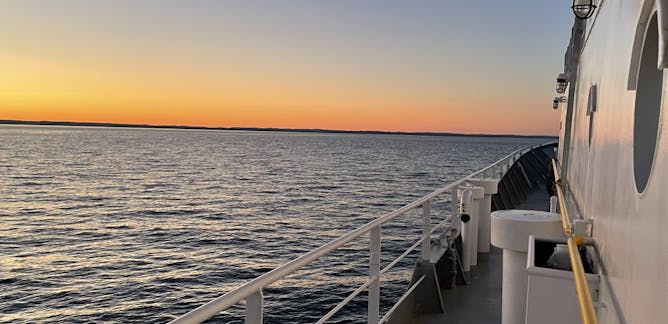
Alfonso Mucci, McGill University; Gwénaëlle Chaillou, Université du Québec à Rimouski (UQAR); Mathilde Jutras, McGill University
Les changements climatiques causent une dé-oxygénation des eaux profondes dans le chenal Laurentien du fleuve Saint-Laurent et une dégradation de la santé de cet écosystème estuarien.
| |
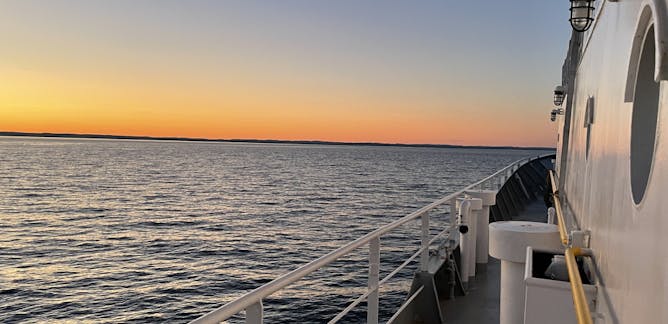
Alfonso Mucci, McGill University; Gwénaëlle Chaillou, Université du Québec à Rimouski (UQAR); Mathilde Jutras, McGill University
Climate change is causing the deep waters in parts of the St. Lawrence River to lose their oxygen, and it’s damaging the health of the ecosystem.
|
|
|
Weekend Reads: This week's top stories
|
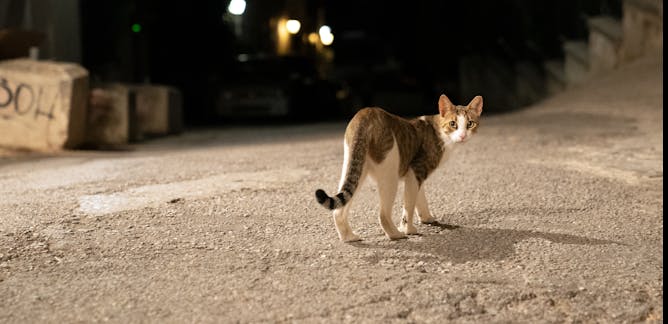
Amy Wilson, University of British Columbia; Scott Wilson, University of British Columbia
Allowing cats to roam unsupervised is detrimental to humans, wildlife and the cats themselves. Managing free-roaming cats should consider the risks they pose to other species.
| |
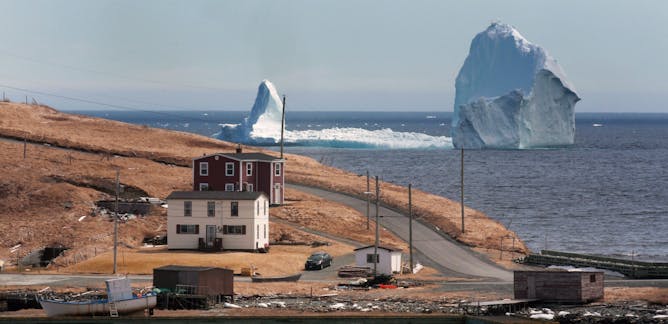
Frédéric Cyr, Memorial University of Newfoundland
Between zero and 2,000 icebergs reach Newfoundland each spring, but the warming climate could see an end to Iceberg Alley.
|
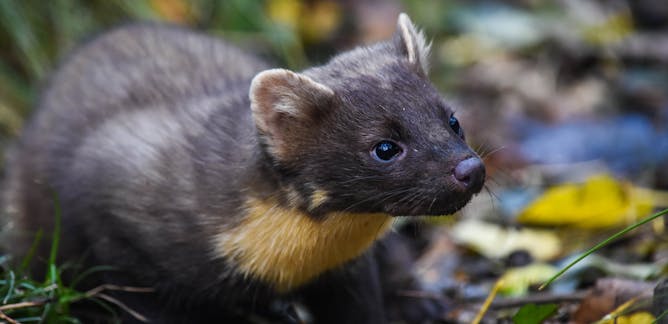
Joshua P Twining, Queen's University Belfast; Xavier Lambin, University of Aberdeen
Once hated, native predators are now credited with limiting invasive prey populations.
| |
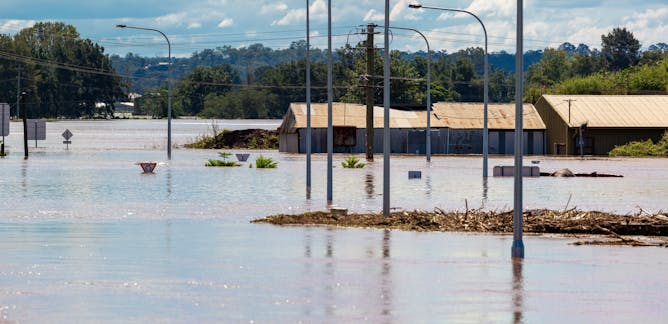
Matthew England, UNSW Sydney; Andréa S. Taschetto, UNSW Sydney; Bryam Orihuela-Pinto, UNSW Sydney
The collapse of the Atlantic meridional overturning circulation would profoundly alter the anatomy of the world’s oceans and climate. New research explores the consequences.
|
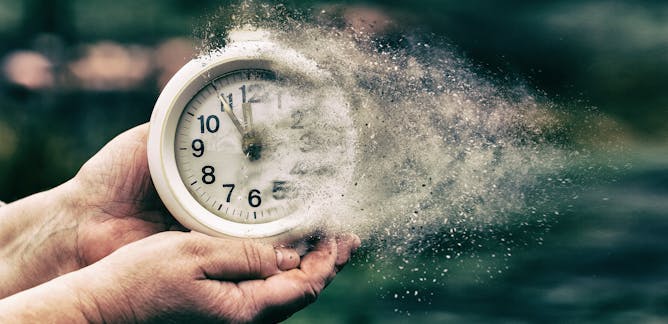
Peter Watson, Carleton University
Theories exploring the possibility of time travel rely on the existence of types of matter and energy that we do not understand yet.
| |

Sam Baron, Australian Catholic University
Time dilation might seem like science fiction, but it’s not. There are astronauts circling the Earth right now who are experiencing it – though luckily nowhere near as much as Buzz Lightyear.
|

Colette Brin, Université Laval; Sébastien Charlton, Université Laval
During this time of disruption and transformation, surveys like the Digital News Report contribute to our understanding of professional news sources from the public’s point of view.
| |
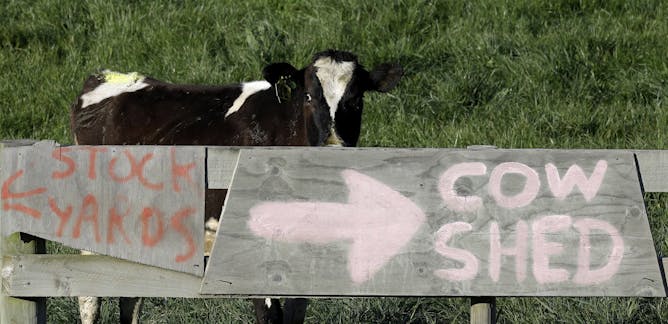
Noah Fry, McMaster University
New Zealand is accusing Canada of undercutting its commitments under the Comprehensive and Progressive Trans Pacific Partnership on dairy. Canada’s problem is that New Zealand’s case is strong.
|
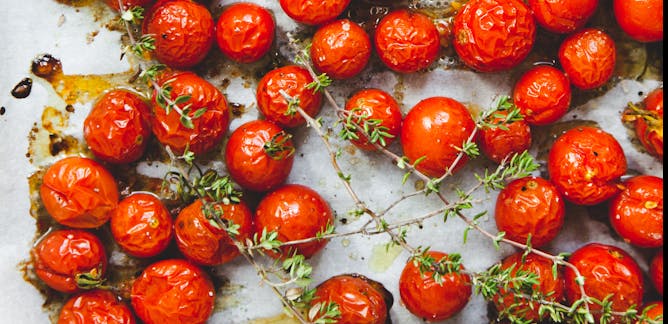
Laura Brown, Teesside University
Heat can release bound up nutrients from vegetables.
| |

Kirill Shakhnov, University of Surrey
Many predicted Russia’s currency would just keep plunging, but it hasn’t.
|
|
|